Leaving Reunion Bay, the members travel the final leg, together for the first time since leaving Travelers’ Rest. They drop off the Charbonneau family at their village and pick up Chief Sheheke and interpreter René Jusseaume. They meet several traders and gradually receive news, flour, whiskey, and woven shirts. The citizens of St. Louis, having given them up for dead, provide a boisterous welcome. The captains commence writing.
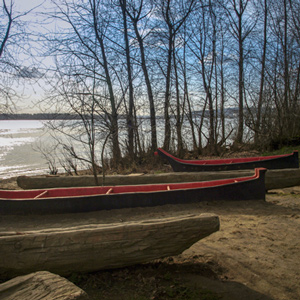

On 23 March 1806, once again battling the rising spring runoff, as it had each of the two previous years on the Missouri, the Corps of Discovery started up the Columbia River towards home.
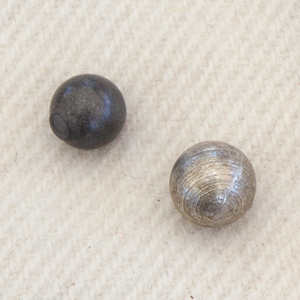

The most serious hunting mishap, and surely the most memorable episode in Lewis’s frequently referenced “chapter of accedents,” was the moment on 11 August 1806 when Pierre Cruzatte shot him in the buttocks.
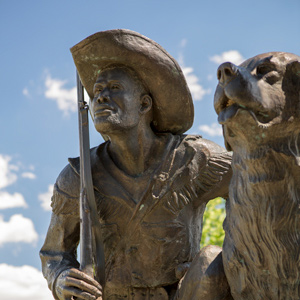

After splitting up into five separate details over five weeks earlier, all the members of the Corps of Discovery were finally reunited 142 miles downriver from the mouth of the Yellowstone.
August 12, 1806
Reunion
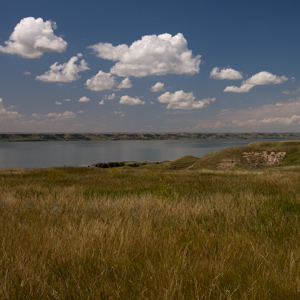

Bear Den Creek, ND Below the Little Knife River, Lewis’s and Clark’s two groups enjoy a reunion. They share stories, abandon Sgt. Pryor’s bull boats, and proceed on as one group, something they have not done since 30 June 1806. Lewis writes his last daily journal entry.
August 14, 1806
Among old friends
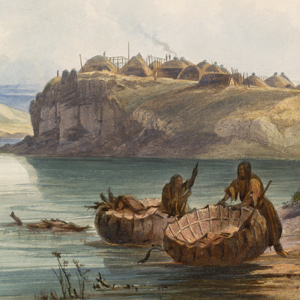

Knife River Villages, ND Early in the day, the expedition greets their old friends at the complex of Hidatsa and Mandan villages at the Knife River. They meet with various chiefs, and Clark invites them to travel with the expedition to Washington City.
August 15, 1806
Broken promises of peace
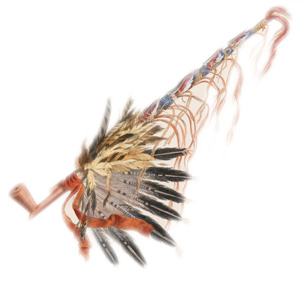

Knife River Villages, ND The captains hear of several broken promises of peace among tribes they had worked with on the outward journey. Colter asks to leave the expedition so that he can go back west with two fur trappers.
August 16, 1806
Parting gifts
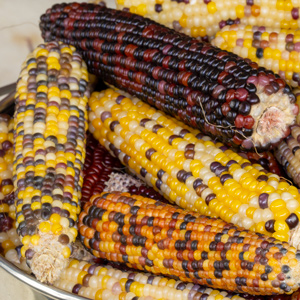

Knife River Villages, ND Mandans gift more corn than the expedition boats can carry. As parting gifts, the swivel gun is given to Hidatsa Chief Le Borgne and the blacksmith tools to Charbonneau. Sheheke (Big White) agrees to go to Washington City.
August 17, 1806
An offer to raise Jean Baptiste
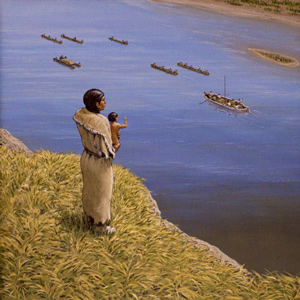

Hensler, ND The expedition heads down the Missouri River taking leave of the Hidatsas, Mandans, John Colter, and the Charbonneau family. Clark invites the latter to come to St. Louis and makes arrangements to raise Jean Baptiste Charbonneau.
August 21, 1806
Arikara Villages
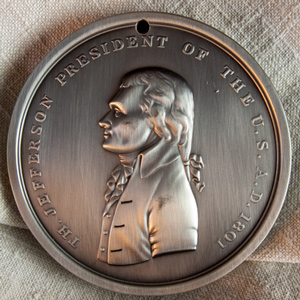

Above Mobridge, SD At the upper and lower Arikara villages, several councils are conducted between the Mandans, various Arikara chiefs, and visiting Cheyennes. The captains see Rivet, one of their 1804 engagés, who says a chief from an earlier Washington City delegation has died.
August 22, 1806
An engagé re-joins
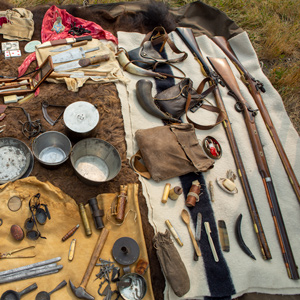

Below Mobridge, SD The Arikara and Cheyenne chiefs decline Clark’s invitation to travel to Washington City. A Cheyenne chief asks that fur traders come to his nation, and a down-on-his-luck engagé from 1804 re-joins as they head down the Missouri River.
August 28, 1806
A day at Pleasant Camp
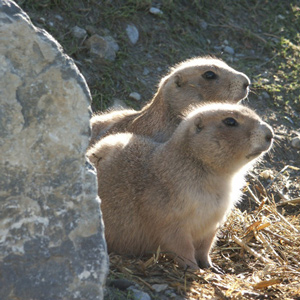

Pleasant Camp, SD The expedition arrives at Pleasant Camp (AKA Plum Camp) below present-day Oacoma, and the captains decide to remain there to collect mule deer, pronghorn, and prairie dog specimens. Some men make leather for new clothes, and others pick plums.
August 30, 1806
Armed Lakotas
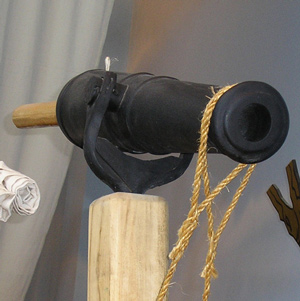

Academy, SD When several armed Lakotas appear on the opposite shore, Clark recognizes them and through interpreters tells them to stay away or be killed. After the hunters catch up, they move on and camp on a large sandbar in a defensive position.
September 1, 1806
Calumet Bluff anniversary
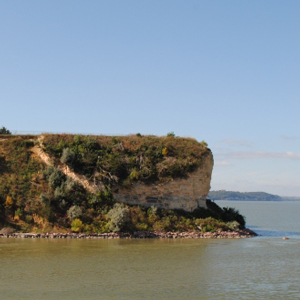

Calumet Bluff, SD Near present-day Pierre, Clark expresses relief when a group of shooting Indians turn out to be Yankton Sioux. They encamp at the same place as on their outward journey exactly two years earlier.
September 3, 1806
News from home
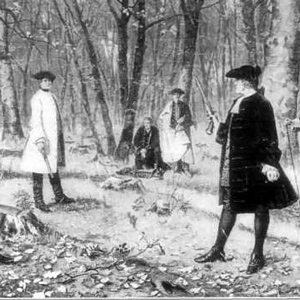

Sioux City, IA Trader James Aird is heading up the river to trade with the Sioux bringing news from home. The captains learn that Jefferson is still president, James Wilkinson is now Louisiana governor, and Alexander Hamilton died in a duel with Aaron Burr.
September 4, 1806
Floyd's grave


Dakota City, NE The expedition sets out with an ample supply of tobacco and flour obtained from trader James Aird. They stop to visit Sgt. Floyd’s grave and camp early to dry out items.
September 7, 1806
Evaporating ink
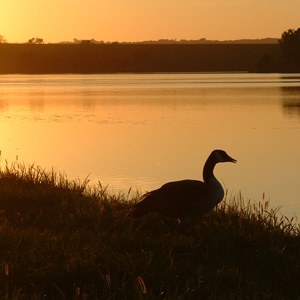

Blair, NE Much of the day is used to hunt, find missing hunters, and harvest three elk. Clark notes the rate at which his ink dries out. After 44 miles, mosquitoes are at camp to greet them.
September 12, 1806
Old acquaintances


St. Joseph, MO The captains meet four old acquaintances, an old military companion and three men from the 1804 upriver trip.Joseph Gravelines and Pierre Dorion are acting under orders from President Thomas Jefferson, which the captains review and modify.
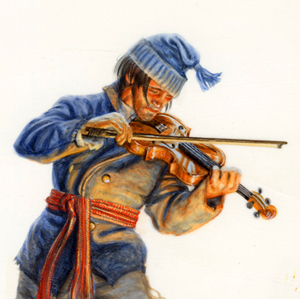

On 8 June 1806, Meriwether Lewis wrote of that evening, “we had the violin played, and [we] danced for the amusement of ourselves and the Indians.” Presumably, Pierre Cruzatte was the fiddler. It was the last mention Cruzatte’s playing the violin. Why?
September 15, 1806
Lewis and Clark Point
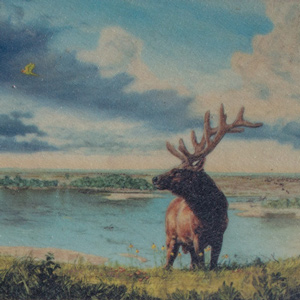

Little Blue River, MO Clark and Lewis climb a hill in present-day Kansas City and find it a good location for a fort. They camp near the Little Blue River where they gather pawpaw fruits.
September 18, 1806
Living on pawpaws
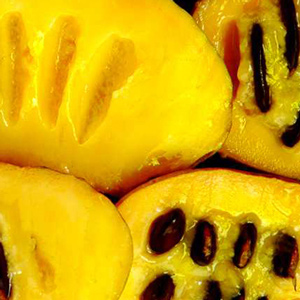

Lamine River, MO The main party catches up to the hunters near the Grand River and find that they had killed nothing. The men declare they can live on pawpaw fruit until they reach the first white settlement 150 river miles away.
September 21, 1806
St. Charles hospitality
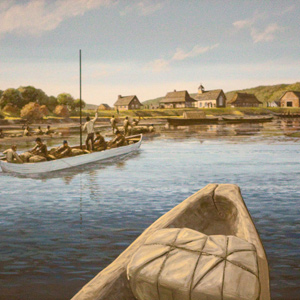

St. Charles, MO The boatmen paddle or row the forty-eight miles from La Charrette to St. Charles. They are greeted by the latter’s citizens with great cheer and hospitality. Lewis starts a letter to Thomas Jefferson.
September 22, 1806
Fort Belle Fontaine salute
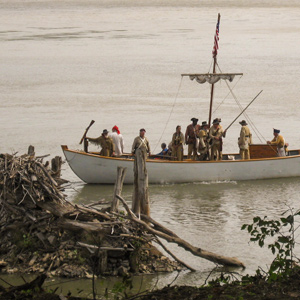

Fort Belle Fontaine, MO The expedition waits for the rain to stop before they venture from the dry shelter of St. Charles houses. Towards evening, they arrive at Fort Belle Fontaine, a military cantonment and Indian trade factory built after the expedition left St. Louis in 1804.
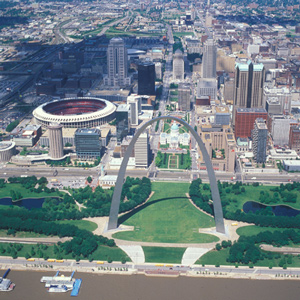

The expedition arrived on 7 December 1803, witnessed the transfer of Louisiana from Spain to the United States, and metaphorically passed through its western gate on 14 May 1804. They would not return until 23 September 1806.
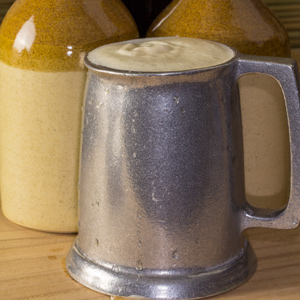

Two days after returning to St. Louis, its citizens celebrated the expedition’s return with a grand dinner and ball. Here are the eighteen toasts as reported in the Kentucky Western World.
September 26, 1806
Writing commences
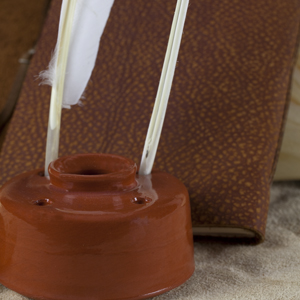

St. Louis, MO The expedition has ended, and in his concluding journal entry, Clark says that the captains have commenced writing.
